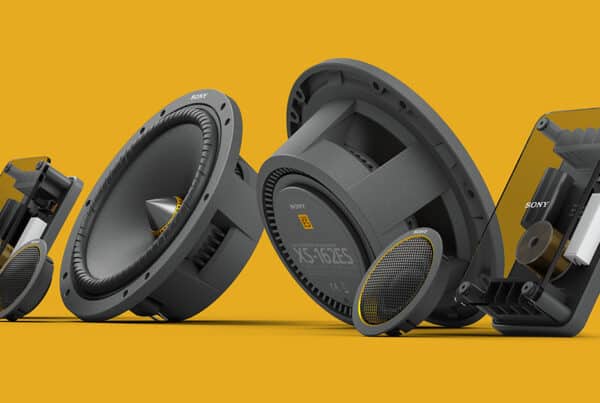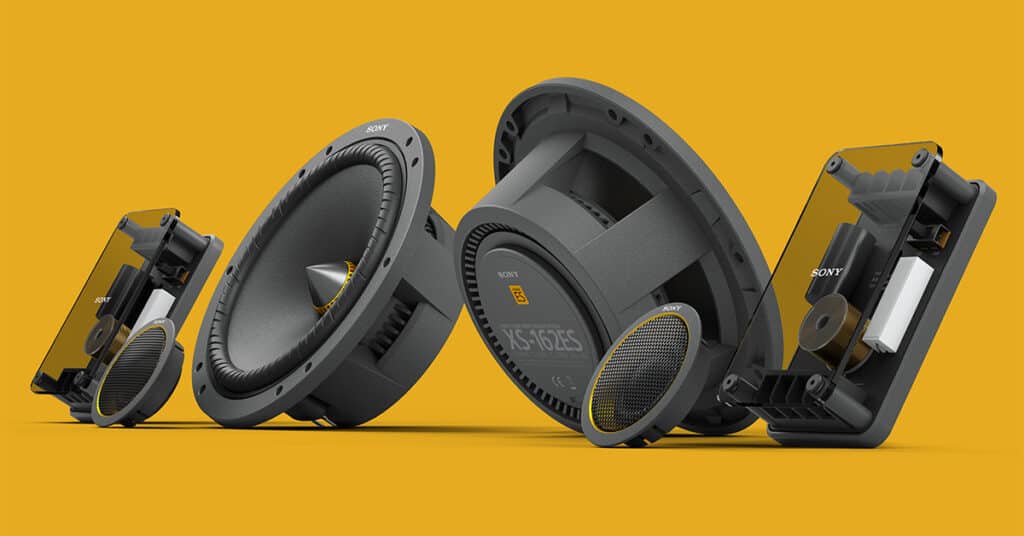A well-designed sound system is crucial for the success of any event, ensuring clear communication and an engaging experience for attendees.
In the U.S., the audio equipment market is projected to grow from $16.31 billion in 2025 to $22.93 billion by 2030, reflecting the increasing demand for high-quality sound solutions.
This growth highlights the importance of investing in effective system design. Below are key considerations for designing an optimal event sound system.
Assess Venue Acoustics
Understanding a venue’s acoustics is the foundation of sound system design. Factors such as room size, shape, ceiling height, and construction materials influence sound behavior.
For instance, large, open spaces may cause sound to dissipate, while rooms with hard surfaces can lead to excessive reverberation.
Conducting an acoustic analysis helps identify potential challenges, enabling tailored solutions that enhance sound clarity and distribution.
Choose the Right Equipment
Selecting appropriate equipment is vital. Consider the following components:
- Speakers: Line array systems are suitable for large venues due to their ability to deliver sound evenly over long distances.
- Microphones: Choose between wired and wireless options based on mobility needs and potential interference issues.
- Mixing Consoles: Digital consoles offer flexibility with features like preset scenes and integrated effects, beneficial for complex events.
Aligning equipment choices with event requirements ensures optimal performance and audience satisfaction.
Position Speakers Strategically
Proper speaker placement is essential for consistent sound coverage. Inadequate positioning can result in uneven levels, causing some areas to be too loud and others too quiet. Utilize techniques such as:
- Vertical Arrays:Ideal for focusing sound on the audience while minimizing ceiling reflections.
- Delay Speakers: Useful in large venues to reinforce sound for distant audience sections, ensuring synchronicity with main speakers.
Employing these strategies enhances sound distribution and overall audio quality.
Conduct Thorough Testing
Testing the sound system before the event is crucial to identify and resolve issues. Perform sound checks to adjust levels, equalization, and effects.
Simulate conditions by having presenters or performers use the equipment as they would during the event. This process ensures everything operates smoothly, providing confidence that the event will proceed without audio disruptions.
Prepare for Contingencies
Despite careful planning, unforeseen issues may still arise. Being prepared with backup solutions is essential. Consider the following:
- Spare Equipment: Have extra microphones, cables, and electronic connectors available to replace faulty components quickly.
- Technical Support: Ensure qualified personnel are on-site to address technical problems promptly.
- Power Backup: Use uninterruptible power supplies (UPS) to protect against power outages, maintaining system functionality.
Proactive contingency planning minimizes disruptions to ensure a seamless event experience.
Conclusion
Designing an effective event sound system involves a comprehensive approach. By focusing on the areas discussed, businesses can enhance event quality, guaranteeing clear communication and an engaging experience for all attendees.




